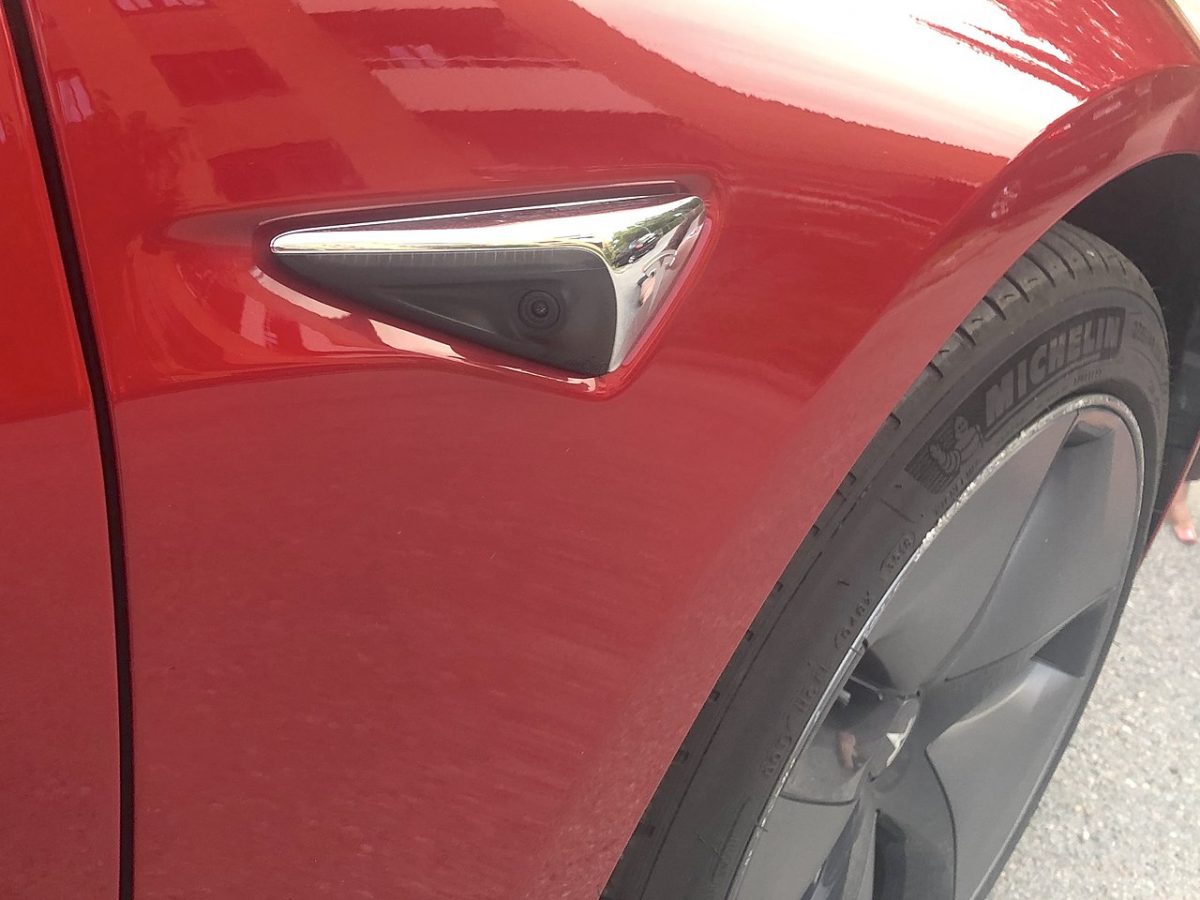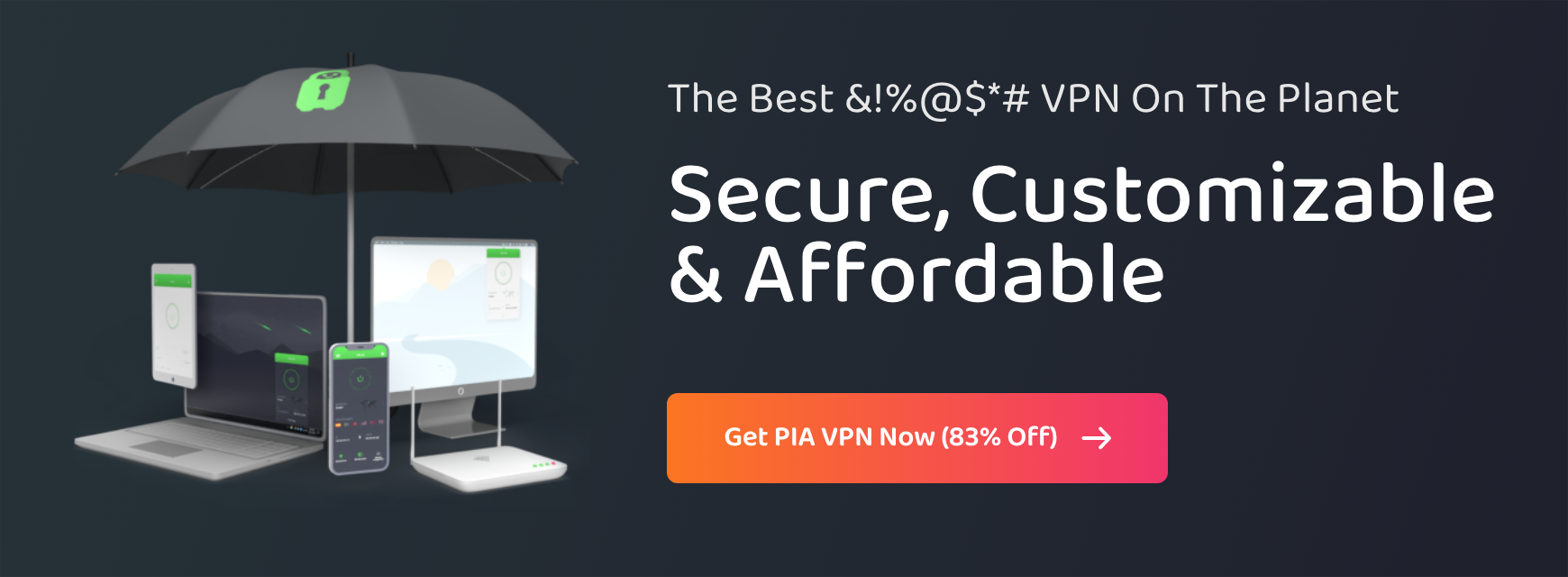How workplace surveillance is entering our homes and driving through our streets

Workplace surveillance has become increasingly common since this blog first wrote about it back in 2017. One recent development is that it has moved into the home as more people now work there routinely. But there’s a big difference between monitoring everyone in a work environment, and doing so in a home, where there are other people – children, for example – whose privacy may be compromised. As Silkie Carlo, director of the UK anti-surveillance charity Big Brother Watch, told the Guardian last year:
It’s important for people’s sense of autonomy and dignity, and their mental health, that the home remains a private space and we don’t go down the route of this really invasive constant monitoring of people’s homes.
Where initially employees working at home might be asked to leave on their webcams so that supervisors could check on what they were up to, or to log every absence from their home desk, there is now a move to use AI. Facial recognition is applied to check who is at the desk, and activity is monitored for “breaches” such as unauthorized absence, or the use of a mobile phone. If the AI detects a breach, it takes a photo and sends it to a human manager for further action.
The home is not the only space where workplace surveillance outside the office or factory is becoming more common. For many, work means driving a vehicle, and so installing cameras that monitor behavior there is an obvious step. Once more, AI is being applied to take such surveillance to the next level. One of the biggest rollouts of this approach is by Amazon to its 75,000 delivery vehicles, reported here by Vice:
The Netradyne surveillance system, called Driveri, will help realize “improved driver behavior” through “audible driver coaching.” Driveri will be activated by a multitude of “signals” that trigger the surveillance system such as speeding, failure to stop at a stop sign, hard braking and acceleration, seat belt compliance, U-turns, and more. The system will upload video of infractions, giving audio cues for some actions but not for others, and the video shows the system chastising a driver for pulling out his phone and another for speeding.
A Netradyne presentation reveals some of the details of the Driveri system. Each unit has no less than four cameras – one facing forward, two sideways, and one towards the driver. The power of its AI system can be gauged from the capabilities of the Jetson TX1 processor from Nvidia that lies at its heart:
The world’s first supercomputer on a module, Jetson TX1 is capable of delivering the performance and power efficiency needed for the latest visual computing applications. It’s built around the revolutionary NVIDIA Maxwell architecture with 256 CUDA cores delivering over 1 TeraFLOPs of performance. 64-bit CPUs, 4K video encode and decode capabilities, and a camera interface capable of 1400 MPix/s make this the best system for embedded deep learning, computer vision, graphics, and GPU computing.
This considerable processing power allows the system to compute things like the driver’s following distance of vehicles in front of it. Other features under development include detecting driver drowsiness and distracted use of mobile phones. A fast wireless connection allows any of that data to be transmitted back to the vehicle’s owner immediately. As images in the Netradyne presentation show, the forward camera high resolution captures the license plates of surrounding vehicles with sufficient clarity to allow them to be read easily. That turns every vehicle using the Driveri system into a surveillance machine on wheels.
The problem has already been noted with Tesla cars. The Chinese military recently banned Tesla vehicles from entering its complexes, citing security concerns over the multiple cameras installed on the car’s exterior. In the US, these cameras have captured millions of hours of videos, showing a wide range of events.
A new concern has been raised about Tesla’s in-car monitoring camera. Consumer Reports noted that Tesla’s approach here is very different from that adopted by other car manufacturers. The latter systems are designed to protect the privacy of the driver and passengers, since they don’t record, save or transmit data of video. Instead, the systems use infrared technology to track a driver’s eye movements and head position in order to watch for risky driver behavior, caused by drowsy driving, for example. By contrast, Tesla’s in-car camera not only uses a conventional video camera, but records images as a file. According to Consumer Reports, Tesla says this is so that it can access video clips of the moments before a crash or automatic emergency braking, to help improve its systems.
That may be so, but the fact remains that such videos contain a wealth of highly personal information about what the driver and passengers were doing. It can only be a matter of time before police forces or insurance companies start requesting access to that data. Moreover, as the price of video cameras continues to fall, it will become feasible to install more of them on new cars – both outside and inside the vehicle. As resolution increases, so more details from the exterior world will be visible. At that point, walking along the street will mean being captured hundreds of times by passing vehicles. Couple that with the high-speed connectivity of modern vehicles – something that is becoming increasingly common – and you have a recipe for serious privacy harm. It’s particular troubling that the rise of video surveillance in vehicles is happening alongside a push to apply it in our homes too, as a condition of home working. Soon there will be few truly private spaces left in our lives.
Featured image by CarlJohanSveningsson.
